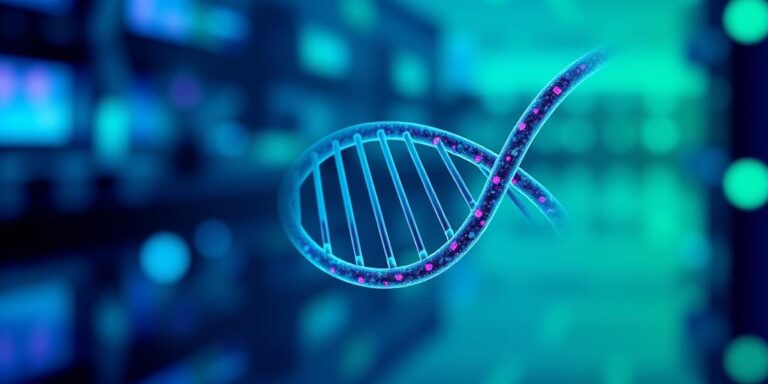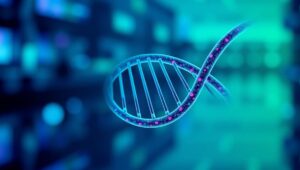DNA Computing and Storage: The Future of Data (2030+ Concepts)
In an era defined by exponential data growth, traditional silicon-based storage solutions are approaching their physical limits. DNA computing and storage offer a revolutionary alternative, promising unparalleled density, durability, and energy efficiency. This post explores the concepts, potential, and challenges of using DNA for computation and data storage, envisioning its future impact beyond 2030.
The Promise of DNA Data Storage
DNA, the molecule of life, has evolved over billions of years to store vast amounts of biological information. Its inherent properties make it an ideal candidate for data storage:
- Density: DNA can store approximately 1 exabyte (1 billion gigabytes) of data per cubic millimeter—far exceeding the capacity of current hard drives and solid-state drives.
- Durability: Under proper conditions, DNA can last for hundreds of years, offering long-term archival storage solutions.
- Energy Efficiency: DNA storage requires minimal energy for maintenance compared to electronic storage systems.
How DNA Data Storage Works
The process involves encoding digital data (0s and 1s) into DNA sequences using the four nucleotide bases: adenine (A), guanine (G), cytosine (C), and thymine (T). For example, ’00’ could be represented by ‘A’, ’01’ by ‘G’, ’10’ by ‘C’, and ’11’ by ‘T’. The data is then synthesized into DNA strands, stored, and later read using DNA sequencing technologies.
- Encoding: Converting digital information into DNA sequences.
- Synthesis: Creating DNA strands that represent the encoded data.
- Storage: Preserving the synthesized DNA in a stable environment.
- Sequencing: Reading the DNA sequences to retrieve the original data.
- Decoding: Converting the DNA sequences back into digital information.
DNA Computing: Beyond Storage
DNA computing utilizes DNA molecules to perform computational operations. Unlike traditional computers that use transistors, DNA computers exploit biochemical reactions to solve complex problems. The advantages of DNA computing include:
- Parallel Processing: DNA molecules can perform numerous calculations simultaneously, offering massive parallelism.
- Low Power Consumption: DNA computing requires significantly less energy than electronic computing.
- Biocompatibility: DNA-based systems can potentially interface directly with biological systems, opening new possibilities in biomedicine.
Challenges and Future Directions
Despite its potential, DNA computing and storage face several challenges:
- Cost: DNA synthesis and sequencing are currently expensive, although costs are decreasing rapidly.
- Speed: Reading and writing data to DNA is slower than electronic methods.
- Error Rates: DNA synthesis and sequencing can introduce errors that need to be corrected.
- Scalability: Scaling up DNA storage and computing systems to handle large datasets remains a challenge.
Looking ahead, advancements in nanotechnology, microfluidics, and enzymatic reactions are expected to overcome these hurdles. By 2030 and beyond, we can anticipate:
- Hybrid Systems: Integration of DNA storage with traditional electronic storage for archival purposes.
- DNA-based Coprocessors: Using DNA computers to accelerate specific computational tasks in conjunction with electronic computers.
- In-vivo Computing: Employing DNA computing within living cells for advanced diagnostics and therapeutics.
Real-World Applications
DNA computing and storage are not just theoretical concepts; they have practical applications across various fields:
- Archival Storage: Preserving historical documents, scientific data, and cultural heritage for centuries.
- Data Security: Storing sensitive information in a secure and tamper-proof manner.
- Biomedical Research: Analyzing large genomic datasets and developing personalized medicine.
- Artificial Intelligence: Creating advanced algorithms and neural networks using DNA-based systems.
Conclusion
DNA computing and storage represent a paradigm shift in how we approach data management and computation. While challenges remain, the potential benefits are immense. As technology advances, DNA-based systems are poised to play a crucial role in shaping the future of data storage, processing, and beyond, unlocking new frontiers in science, technology, and medicine.




